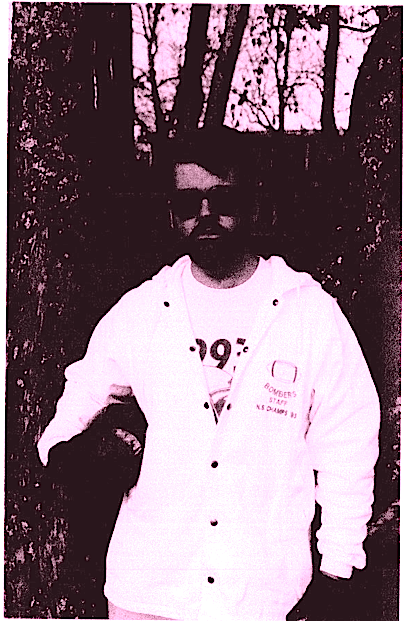TMFA – Doing It Right
by Angus MacCaull
There’s a ten acre plot of land in west Truro that Steve Fulton has known his entire life. It’s a place where kids run free and parents cheer. There are fields, a playground, a clubhouse and bleachers. The complex is now called the Truro Amateur Athletic Club. It’s managed by the town and is home to half a dozen local groups, including the Truro Minor Football Association (TMFA). Football is a sport that Steve has been a part of in the area since he was a boy of four.
The TMFA began officially in 1962. Steve and his best friend Anthony never remember seeing the field lights on when they were young. There was no clubhouse then either. The only structure on the property at that time was a nineteenth century building in poor repair. The area has been a commons in one way or another for a long time. “Everybody in Truro knows this field” Steve told me when I went up for a Friday night of football. “Either they’ve played here or their dad or mum played here or their kids play here—everybody knows it.” Right now, the TMFA is the backbone of a lot of the activities at the Truro Amateur Athletic Club. And Steve is one of the major backbones of the TMFA.
But in the nineties, the TMFA had gone fallow. Truro, as a football town, still had teams, but the community had lost its core. Different age groups and coaches organised their practices, schedules and programs independently. There was no guiding philosophy for how the game should be played and no consistent group of people working to share resources for the sport. So Steve, his wife Deb, Anthony, and two other close friends, Butchie and Chuck, decided to take the reins. “We were five people probably because there were only five stools in my kitchen,” Deb told me. “You couldn’t fit any more stools around the counter.”
The TMFA reformed in 2002, and since then, as Steve says, they’ve been “doing it right”. They play to win, but they also play to instill values in the next generation. They play the players who consistently come to practice; they don’t run up the score; and they show respect for the other teams. After every game, one member of the TMFA goes over to a member of the visiting team and invites them to share a hotdog and a pop together. Cooking hotdogs on the sidelines is something that Deb started. “On the field we’re competitors,” says Steve, “but after we’re friends.”
There’s also a practice of making every evening of home games an event. There are fireworks between the peewee and bantam games. The big field floodlights are on. Someone always sings the national anthem. And they kick things off in a fun way when they can. “One time we had it set up for the ball to be parachuted in to start the game,” Anthony told me, “but there was too much fog so we couldn’t.”
A big part of the fun these days happens in the clubhouse, which was built in 2004 and went through an expansion three years ago. The clubhouse has dressing rooms and showers for home and away teams. It has storage and admin facilities, a kitchen, and even a licensed area upstairs, which is busy on nights like the yearly Alumni Night, when the TMFA honours former players and coaches. A lot of the materials and labour for the clubhouse were donated by the community. The TMFA organised and facilitated the construction of the clubhouse before turning the keys over to the town. Scott Annand, who also designed the new Cougar Dome in Truro, was brought in to get it done, and again, as Steve says, to “do it right”.
A couple of local players have gone on to the CFL, and they’ve had provincial championship winning teams, but the main thing is that the TMFA has carefully built up and expanded a place where locals have gathered for generations, so that the next generation will have a place for community sports as well.





Nice to see this organization thriving in our community. It’s obvious the leadership is solid in this organization.